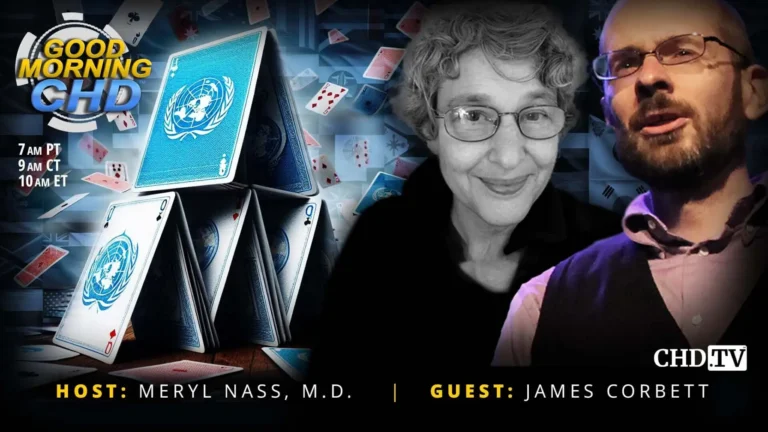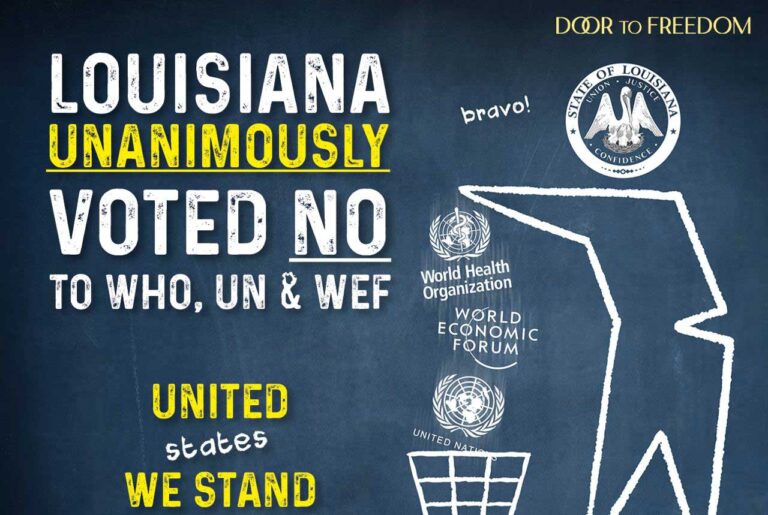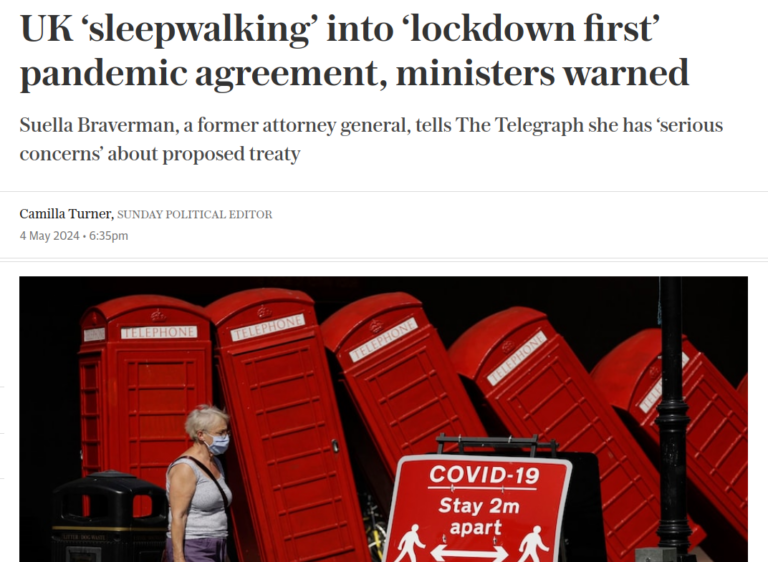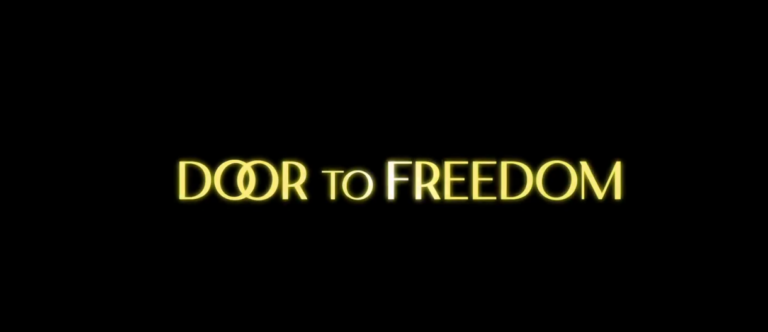The tricky way WHO gets around the rules
Apparently what the WHO bureaucracy decided they would be able to take a vote on the Pandemic Treaty at this WHA meeting, even before there is a (required by the treaty) PABS agreement on the pathogen lending library—but then they would not accept ratifications until after a PABS Annexe had been approved in the future. That way, they don’t lose momentum. Remember how the negotiators used to say about the Pandemic Treaty, “Nothing is decided until everything is decided”? Well, that got dropped like a hot potato.
But as I’ve told you, the WHO puppeteers HATE votes. And so as I surmised, the bureaucrats have said that although a 2/3 vote is required to pass the treaty, they believe a “consensus” process will suffice instead. Those are much easier for them to arrange.
I imagine the bureaucrats were a bit frazzled since many are losing their jobs or being switched to new jobs, and they don’t know if they will be paid.
They are a sneaky lot. They were required to complete the treaty negotiations by this month, but that was impossible due to PABS dis agreements, so they created this jumbled up mess in which you can vote on the treaty but you can’t ratify it and it really won’t exist until the PABS section has been agreed.
I’m not sure all these machinations are kosher, but no nations ever openly complain, so this is what we will see in Geneva over the next 2 weeks.
None of this requires that a Conference of Parties be stood up to make the rules for how the treaty will operate. So members will be signing a document whose actualities remain unknown. Never mind; by the time it comes into force all these diplomats will be in other positions.
Now, the article below reports the chronology of how the treaty will come into force with even more twists and turns. I don’t quite understand it. But in any event, this treaty is a long way off, if it ever will be settled.
Hopefully, under President Trump a real Treaty to ban Gain of Function and truly stop pandemics will be negotiated instead. I know people are working on it.

The final draft of the pandemic agreement for the World Health Assembly (WHA) next week was published by the World Health Organization (WHO) on Wednesday – along with a document outlining the long road member states still have to travel before it is enforced.
This follows the historic agreement reached on the text in the early hours of 16 April after three years of talks on how to prevent, prepare for, and deal with, future pandemics in an equitable manner – unlike what happened during COVID when wealthy nations hoarded vaccines at the expense of low- and middle-income countries.
The procedural document outlining the steps to adoption, which will be done in terms of Article 19 of the WHO Constitution, makes sobering reading.
While the agreement needs a two-thirds vote to pass, “adoption of the text by consensus automatically fulfils this requirement”, it notes.
Once the WHA has adopted the agreement via a resolution, it will be deposited with the Secretary-General of the United Nations, who will ensure it is prepared in various languages for signature.
Member states are expected to notify the WHO Director General on whether they intend to accept the agreement within 18 months of its adoption by the WHA.
Still more PABS negotiations
But member states’ signature of the pandemic agreement will only happen after the adoption of an annex on the much-contested Pathogen Access and Benefit-Sharing (PABS) System – a mechanism on how to share information about pathogens with pandemic potential and any possible benefits (such as vaccines and therapeutics) that might arise from sharing this information.
This annex – called the PABS instrument – still has to be negotiated, and it deals with a range of issues including “the provisions governing the PABS System, definitions of pathogens with pandemic potential and PABS Materials and Sequence Information, modalities, legal nature, terms and conditions, and operational dimensions”.
This means the PABS can of worms will be reopened in the coming months and member states will once again have to find agreement on this highly contested subject.
Only once the annex has been agreed, will the WHO Pandemic Agreement be open for signature by heads of state.
But even once the heads of state have signed the agreement, countries are not bound by its provisions.
Instead, by signing, a head of state would be “expressing political approval of the treaty concerned, and raises an expectation that the signatory will in due course take the appropriate domestic actions to become a contracting party”.
However, before domestic ratification, member states that have signed the treaty will be expected not to undermine the agreement.
Countries that have ratified the pandemic agreement will then be expected to deposit instruments of ratification with the UN Secretary-General and once 60 countries have done so, it will come into force and the first Conference of Parties will be held.
The entire process is likely to take several years, during which time another pandemic can engulf the world.









